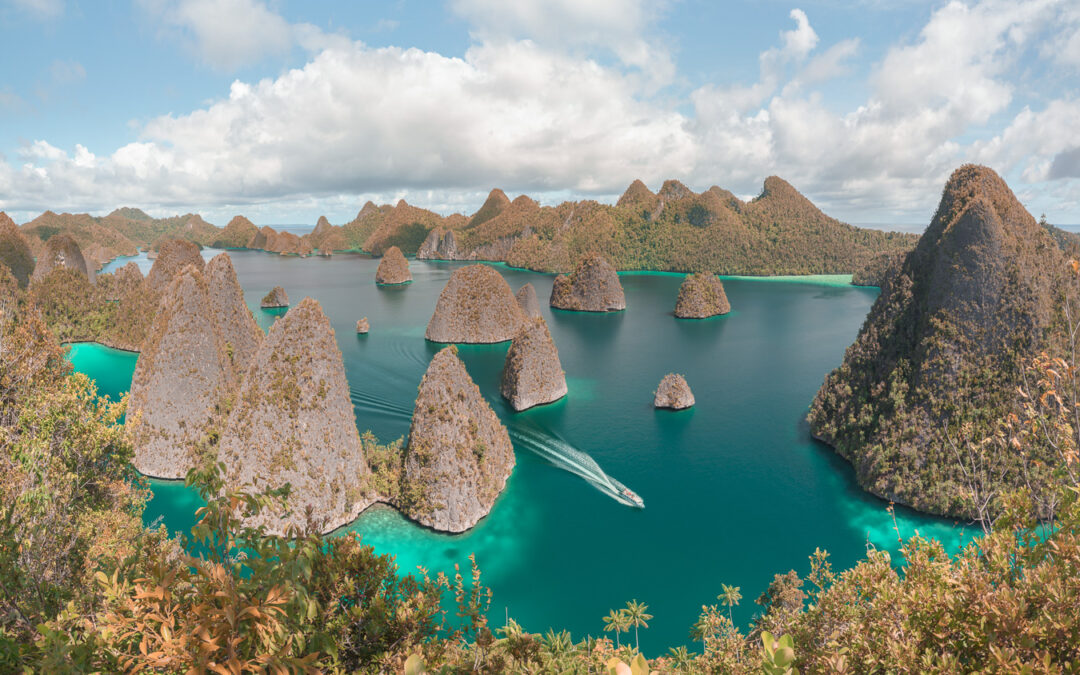As many of you know, we have recently returned from an amazing trip to West Papua. We absolutely fell in love with the place, its landscapes, and incredible biodiversity. But we also felt like such pristine paradise was also under a big thread. We would like to share with you what we learnt during our trip:
Tourism in the West Papua region began around 2004, and it didn’t get off to a great start. Indonesians from other parts of the country built resorts and took tourism jobs that Papuans couldn’t compete for due to their lack of hospitality experience and English language ability. Meanwhile, foreign-owned liveaboards launched the lucrative business of bringing scuba divers who had a negative impact on the reefs yet gave the local islanders who depended on those reefs very little in return. Luckily things took a turn for the better when Papuans founded the Raja Ampat Homestay Association in an effort to claim their part of the tourism revenue. They built a community in which local homestay owners help each other to develop the infrastructure and skills necessary to successfully operate sustainable tourism businesses. In the face of a receding niche of opportunities for Papuans, the creation of the Homestay Association has brought tourism money directly to the villagers, improving their livelihoods and giving them ownership of their futures.
These Papuans have traditionally been cognizant of the importance of protecting the nature they depend on, both land and sea. However they’re now fighting new battles against illegal fisheries from outsiders, plastic pollution, exploitation of their resources by foreign companies, increased competition from Indonesian immigrants, etc. Since the villagers view these new problems as coming from the outside, they don’t feel empowered to act against the environmental damage being caused. Instead, they expect the government and law enforcement to set things right. Meanwhile, some government officials still value profit over conservation, and sustainable tourism policies are rarely enforced.
For now, it’s mostly up to travelers to educate ourselves on and practice sustainable tourism in order to minimize our impact, especially since few Papuans can communicate it effectively. We were dismayed to see that the very vulnerable jellyfish lakes were not regulated at all, divers grabbed onto or even sat on coral reefs for the perfect picture, and groups of snorkelers regularly chased turtles, mantas, and dugongs (which can and perhaps did lead to the fatal separation of a baby dugong from its mother). On the other hand, we also saw the positive impact of travelers. Through their advocacy, homestay hosts are beginning to understand that they shouldn’t tolerate damaging behavior from their guests, and villagers now organize beach cleanups on their own and dispose of trash more responsibly in order to give visitors a better experience.
Rapid tourism development has the potential to cause irreparable damage, but we’re encouraged by the work being done by NGOs such as Conservation International, The Nature Conservancy, and WWF to promote sustainable tourism. The ingredients are there for West Papua to become a model of how to develop a sustainable tourism destination, and it will be very interesting to follow this development. We hope our new series of posts will make a small contribution toward educating fellow travelers and protecting this special place that we’ve come to love so much.

